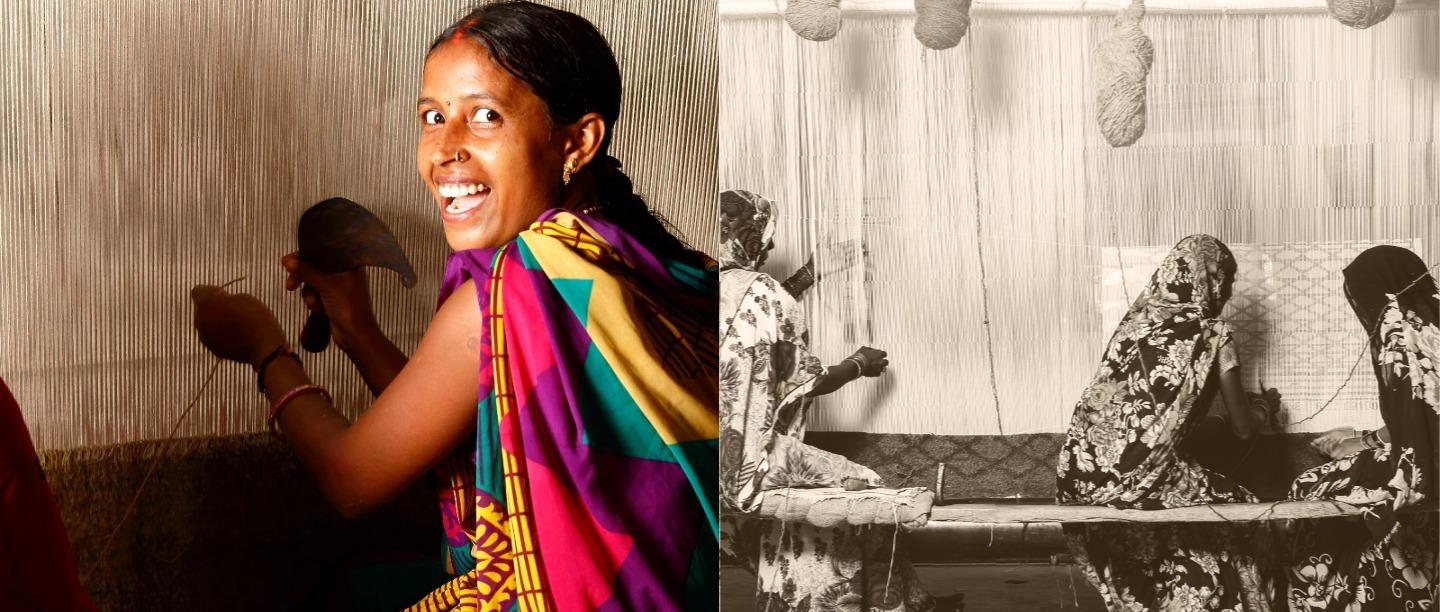Most would say that magic carpets are just fantasy and fiction. However, we think a little differently on this. We believe that they are very much real. Run your hand through the rich handloom texture of an OBEETEE rug and you are sure to change your mind as well. How can anything that is handloom cannot be magic anyway?
The largest handmade rug maker in India and one of the oldest hand-woven rug companies in the world, OBEETEE has a century-old history. That said, there’s more to the brand’s credibility. They are known for their luxurious rugs as much as they are known for the exceptional work they do when it comes to corporate social responsibility. The brand has been constantly working to reinvent the Indian handloom with sustainability at the heart of all its endeavours. In a recent interaction with POPxo, OBEETEE’s CEO, Angelique Dhama talked about the regal craft of rug-making and the social responsibility initiatives undertaken by the brand. Read on.
The Rich History Of Carpet-Weaving
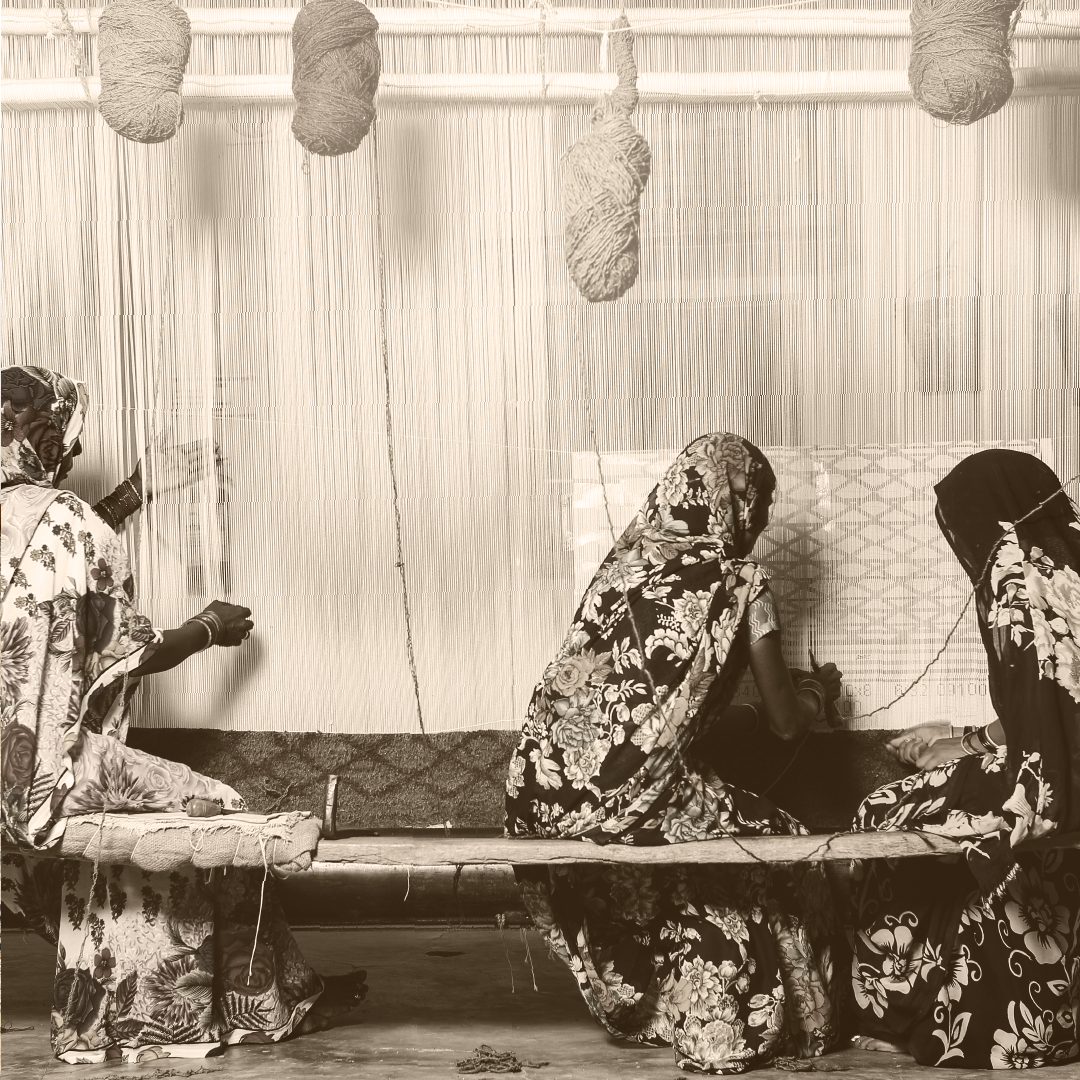
The Indian carpets recorded history is said to have begun in the 16th century which entails that when Babur came to India, he was left disappointed by the lack of luxuries here. He missed the luxuries of Persia, which included the magical beauty of the Persian carpets. It is said that during his reign, Persian artisans travelled down to India via the Grand Trunk Road. They brought with them the intricate art of hand-knotting carpets and passed their skills down to the craftspeople in India.
Angelique throws some more light on the rich backstory and shares, “The art of carpet weaving flourished during the reign of Akbar in around 1580 A.D. He set up the royal workshops in his own palace in Agra. He also established carpet weaving centers at Agra, Delhi, and Lahore to facilitate the production of Persian style carpets, which were inspired by designs of Kirman, Kashan, Esfahan, Heart and so on. Thus, the Indian Pile carpets began to take shape.”
Slow Fashion For Your Home
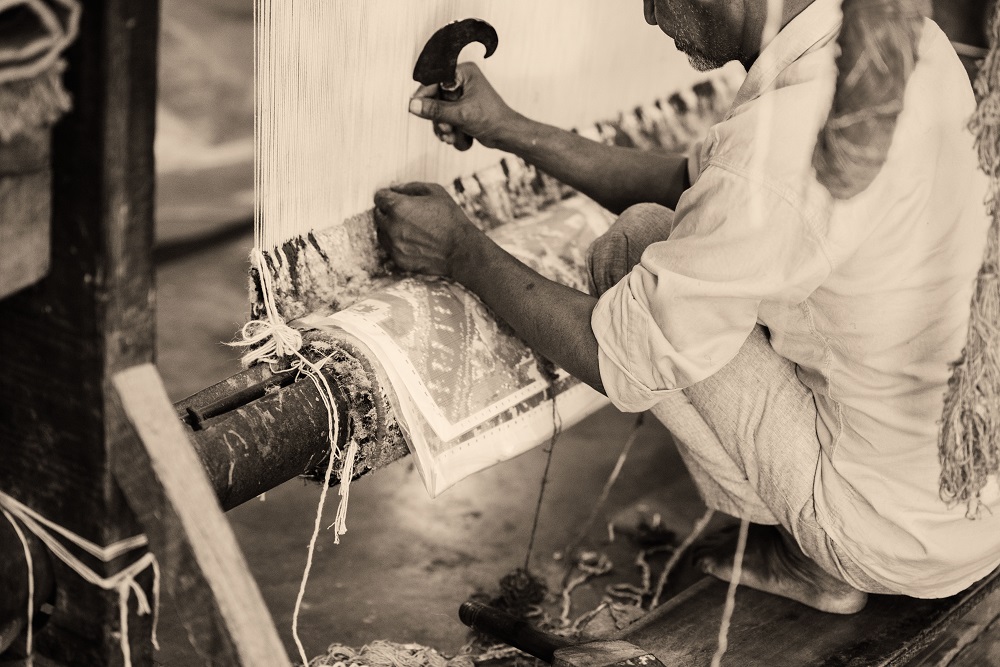
“OBEETEE believes in slow fashion for every home. We masterpieces that entail that they last forever and brighten your space,” shares Angelique. That’s a wonderful analogy. Our home after all is our sacred space and deserves to be dressed up accordingly, right? “Each OBEETEE carpet is heirloom-worthy and defines a legacy which focuses on sustaining the environment and building a beautiful home for generations,” she adds.
Over the years, OBEETEE has re-instilled traditional art, design, and aesthetics of handloom with their handcrafted rugs. Their designs are a fine amalgamation of the old and new. They continue capturing the true essence of royalty and cultural heritage with bespoke patterns, exclusively designed for the contemporary market.
To create the wonders that are OBEETEE carpets, their artisans use a variety of techniques to create carpets that last forever. They include:
Hand Knotting
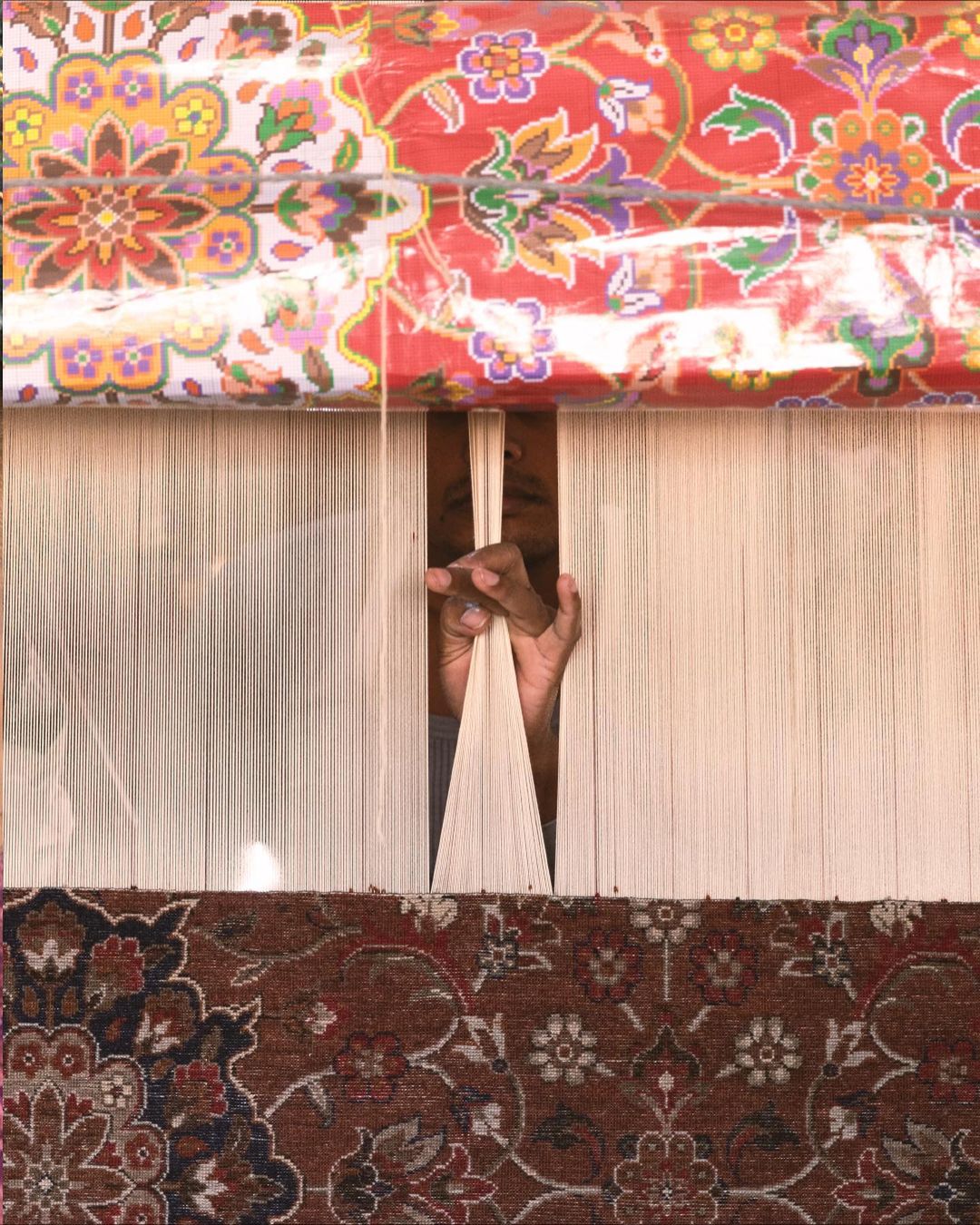
This technique has changed very little since it was introduced by the Mughals. A special loom is used for the weave where the warp is set as the base of the carpet and the design is taken across the weft employing coloured threads based on the design. The characteristic feature of this weaving style is that the design at the back is similar to that on the face of the carpet. The quality of a hand-knotted carpet is determined by the number of knots per square inch. A higher density indicates a superior piece.
Flat Weaving
This style of weave is created by interlacing warp (vertical) and weft (horizontal) threads. The threads are woven on a loom into colourful patterns, without the pile or backing you would find on knotted or tufted rugs. Flatweaves tend to be lighter and more flexible. They are easier to manage, fold, or move and are reversible.
Hand Tufting
A hand-tufted rug is made by punching strands of wool using a hand-operated tool into a canvas that is stretched on a frame.
Hand Screening
OBEETEE is the first in the industry to have successfully introduced the hand screen printing technique on 100% wool carpets. In this technique, a screen, engraved with the design, is used to transfer the colour onto a carpet. The largest hand-screen carpet printed by OBEETEE is 5ft x 60 ft.
Backbone Of The Business
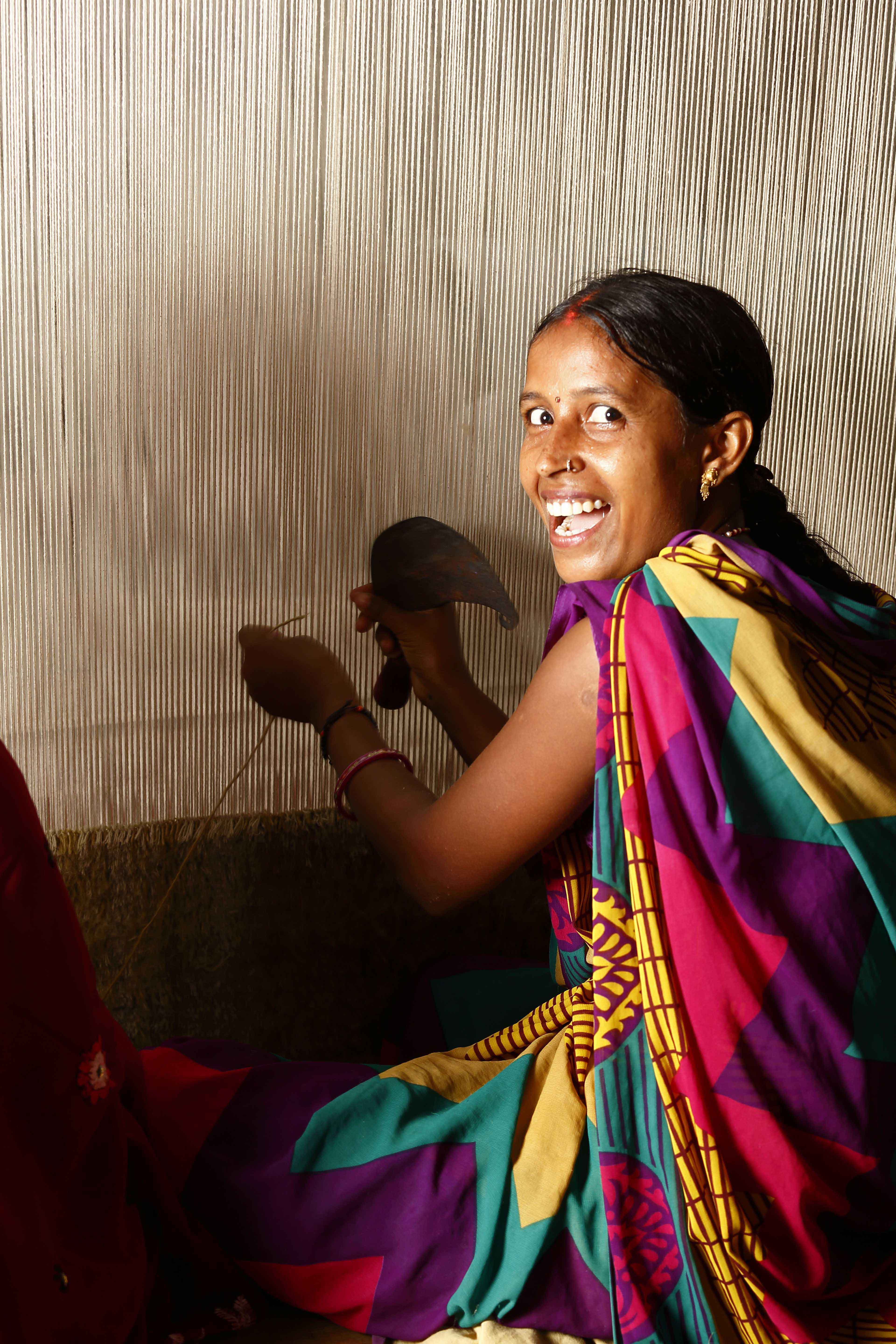
OBEETEE adheres to strict standards in every area of conduct–from working hours to workers’ health and safety. The company strongly supports children’s education, access to sanitation, and women’s economic empowerment in the villages where it operates. As a testament to this, OBEETEE is the first company in the handmade rug industry to secure the prestigious SA 8000 standard–the most recognised global benchmark for human rights in the workplace
“Our community is our backbone with whom we have built OBEETEE over the past 100 years. It is our vision to improve the quality of life and achieve inclusive growth for everyone associated with us. Mirzapur and Bhadohi districts are the oldest hubs of carpet-weaving in India. It makes up 60 per cent of the sub-continents rug-making industry. Carpets are not woven in factories, rather in the comfort of the weaver’s home. From our headquarters in Mirzapur, our production officers visit each loom, at least once every fortnight. The looms are spread over 100,000 sq. km., stretching across 7 villages. Over the past 5 centuries, the artisans of Bhadohi have watched their fathers weave, and then apprenticed to become gifted weavers themselves,” concludes Angelique.
To celebrate the ethereal beauty and the undeniable allure of Indian handicrafts, we are observing a handloom week this August through a series, titled Seven Days of Handloom. The series aims to introduce designers and brands who are working to preserve and reinvent the Indian handlooms. Click here to read about Maharashtrian Handloom and Chanderi.
Featured Image Courtesy: OBEETEE
